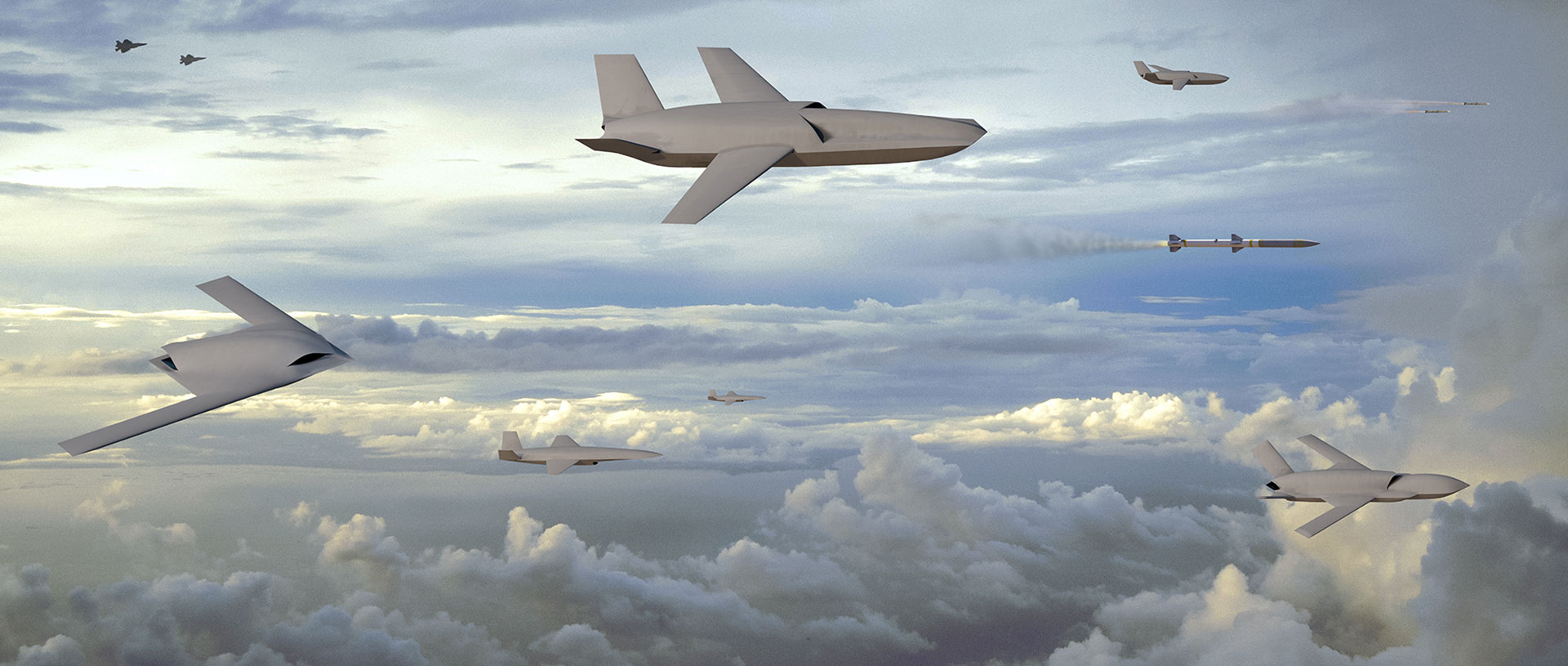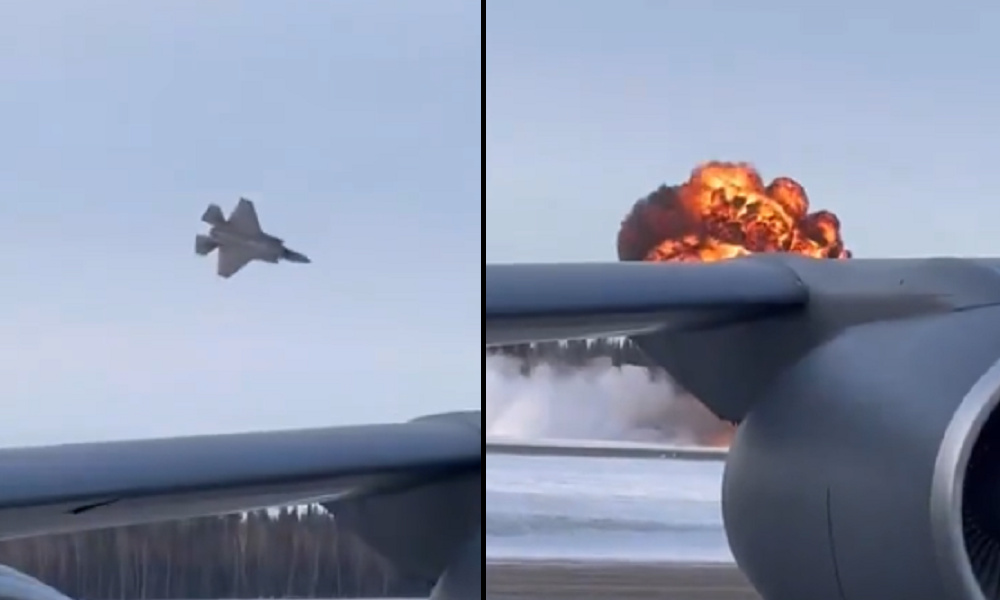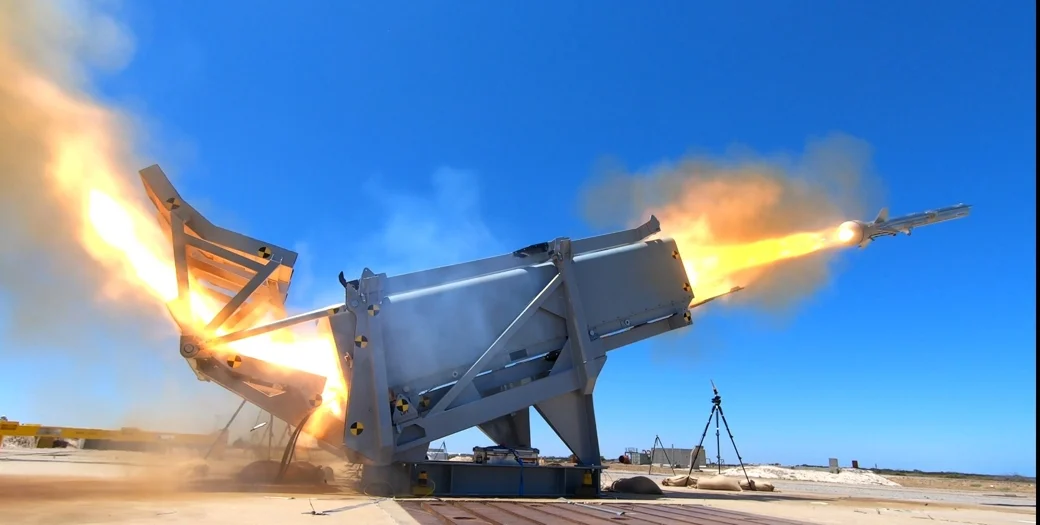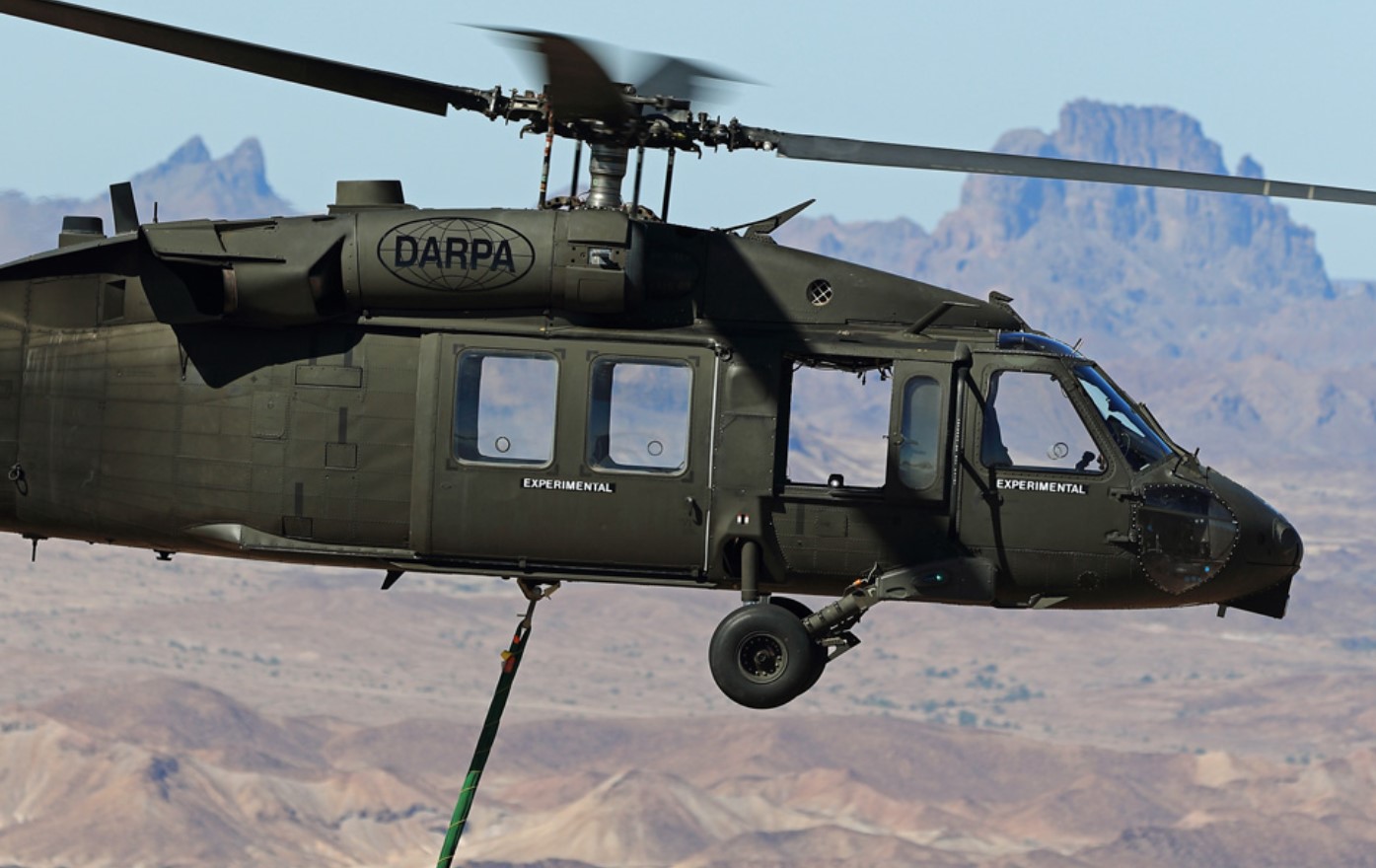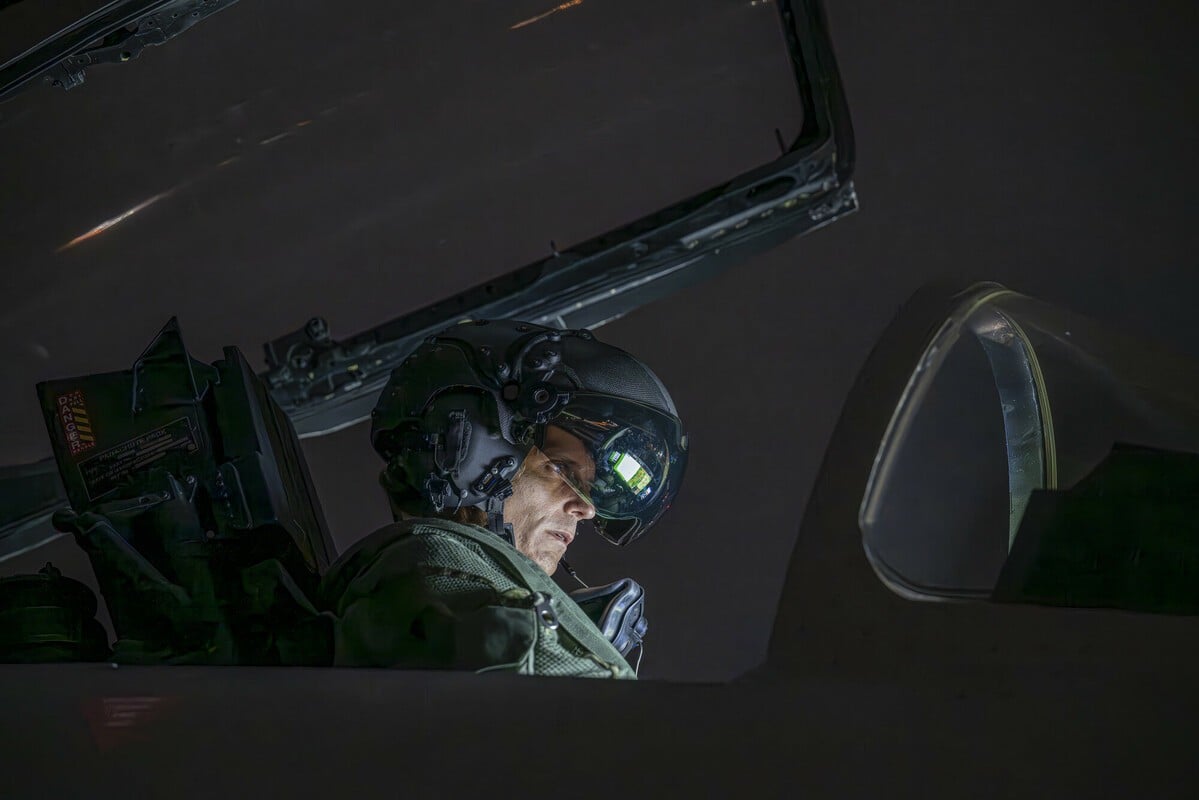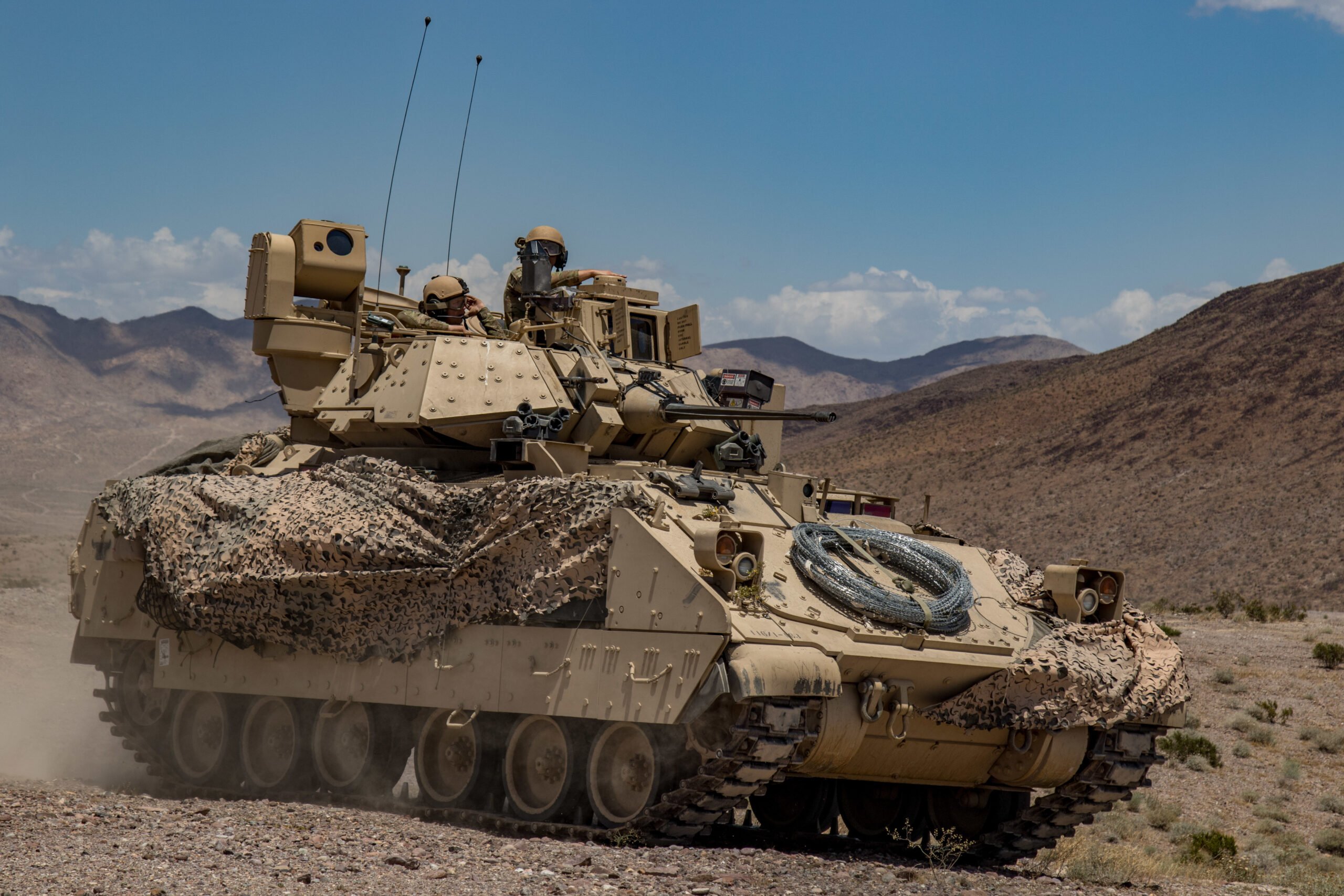Anduril and General Atomics have achieved a significant milestone in the development of their drone wingmen concepts by completing the Critical Design Review (CDR). This progression indicates that both companies are moving closer to deploying these innovative aircraft, which are integral to the U.S. Air Force’s vision for future combat capabilities. Timothy Helfrich, a senior official within the Air Force Materiel Command, confirmed this advancement, stating that the service remains on schedule with its Collaborative Combat Aircraft (CCA) program.
During a recent defense forum held in Virginia, Helfrich underscored the importance of this achievement, noting, “Both industry teammates are on the path to get to first flight in a timeline that allows us to get operational capability by the end of the decade.” The CDR is a pivotal phase in the lifecycle of military technology development, as it serves to validate the design maturity of a system prior to it undergoing extensive testing and eventual deployment.
An Anduril spokesperson expressed optimism regarding the project’s trajectory, stating, “I would say that we have matured the design to a critical point where we feel confident that it’s moving forward. It’s getting to the path where we’re going to be able to integrate and support the first flight that is, more or less, around the corner.”
Anduril’s contribution to the CCA program includes its multi-mission group 5 aerial system dubbed Fury, which is designed to operate autonomously while also collaborating with other aircraft. The focus of this drone is to leverage advanced data processing capabilities enabled by the company’s Lattice software, which harnesses artificial intelligence and machine learning to enhance operational effectiveness.
Meanwhile, General Atomics is proposing a variant of its well-regarded Gambit family of drones, noted for their impressive endurance capabilities. The company asserts that its proposed solution will integrate effortlessly with next-generation aircraft, enhancing their ability to evade detection, relay crucial data, or serve as an initial line of defense in combat scenarios.
Both Anduril and General Atomics achieved a significant competitive edge in the CCA program, having outperformed established defense industry leaders such as Lockheed Martin, Boeing, and Northrop Grumman when they secured the first increment of the program in April. A second increment is anticipated to emerge by 2025, further advancing the Air Force’s vision for integrated and collaborative combat solutions in the aerial domain.

